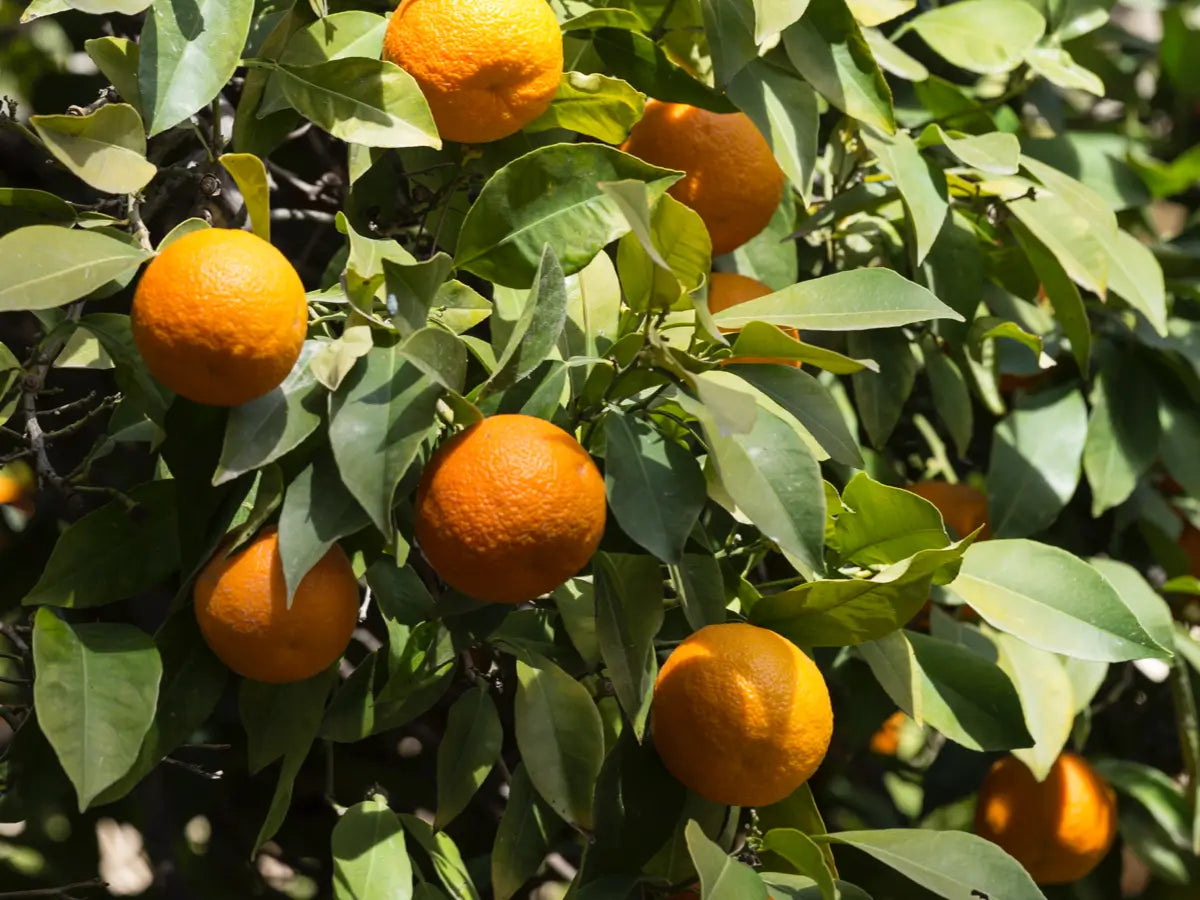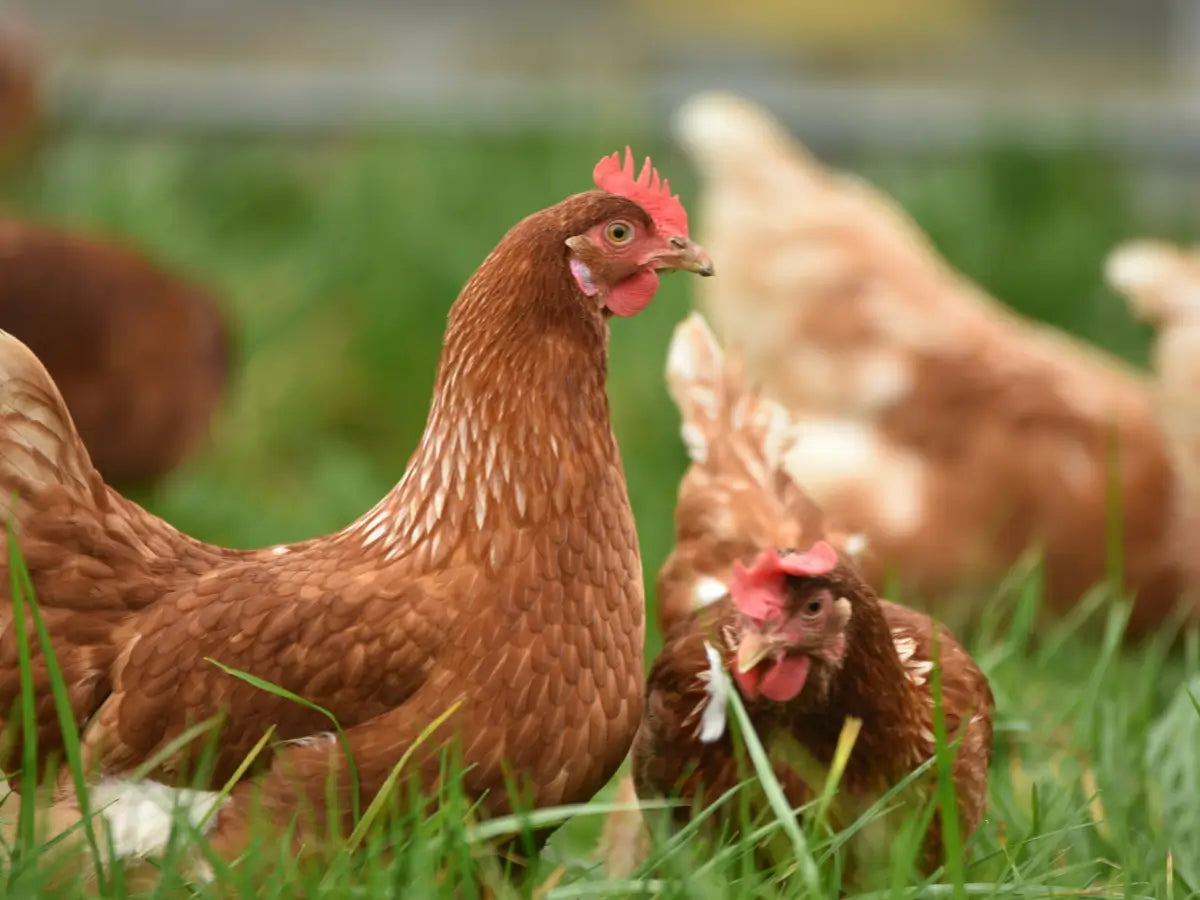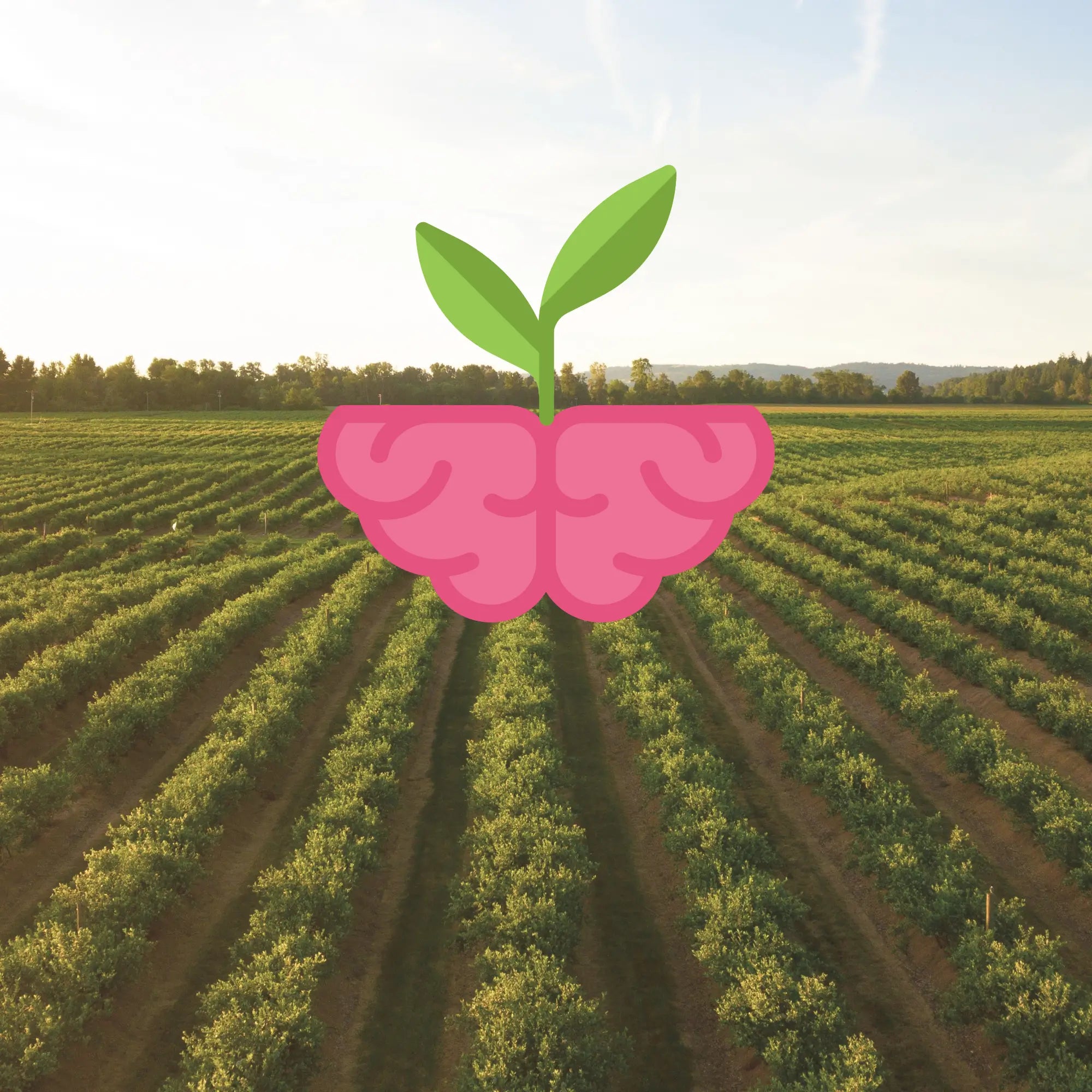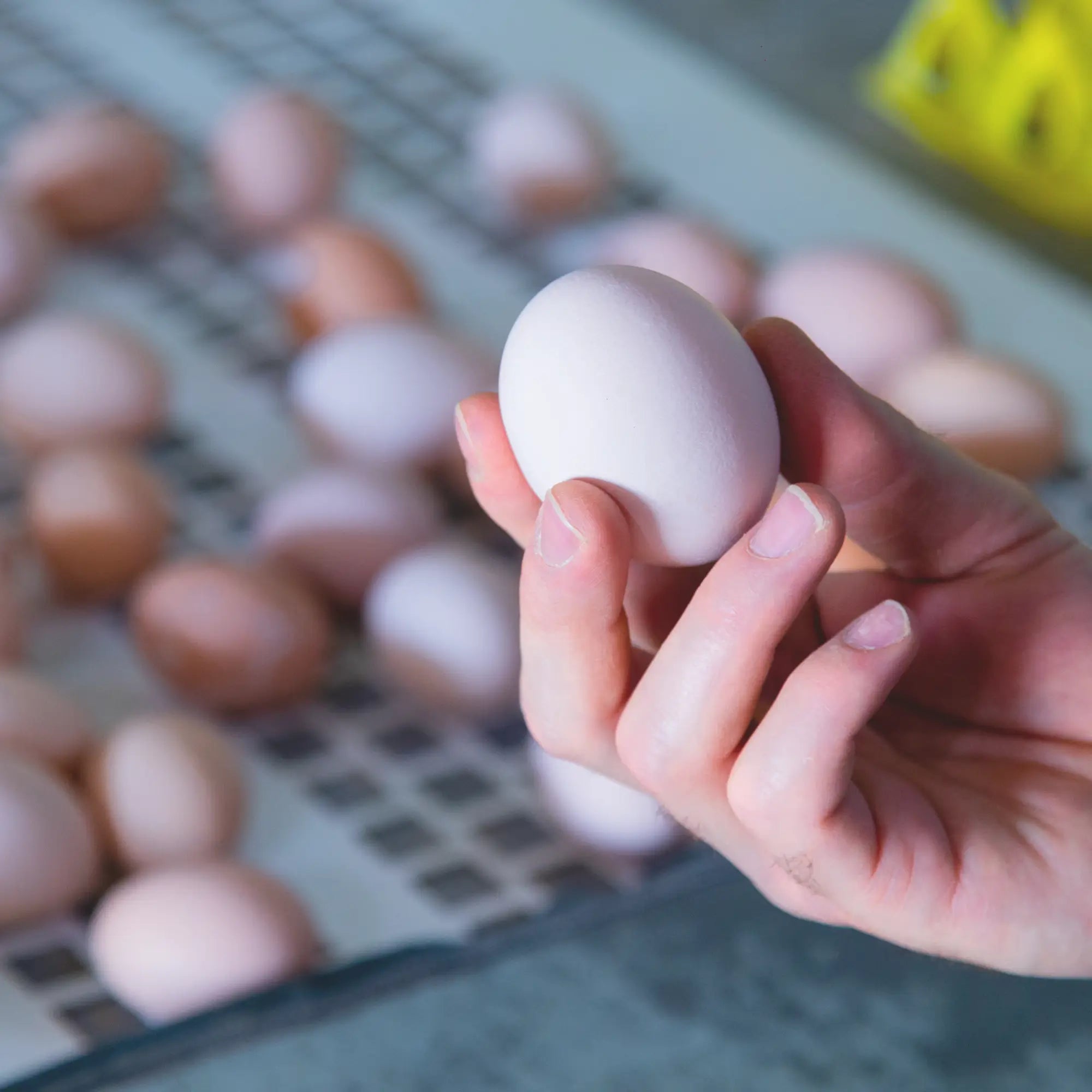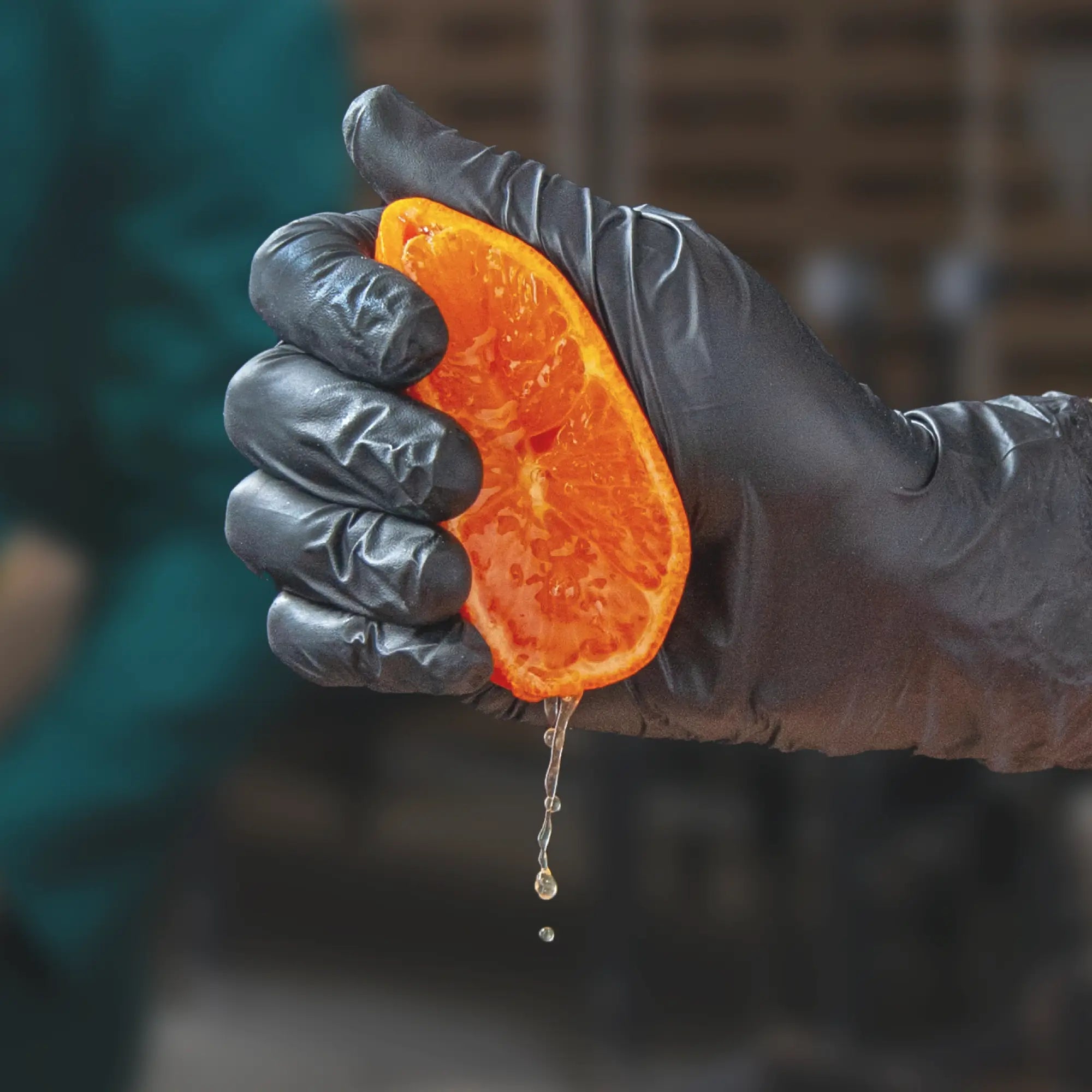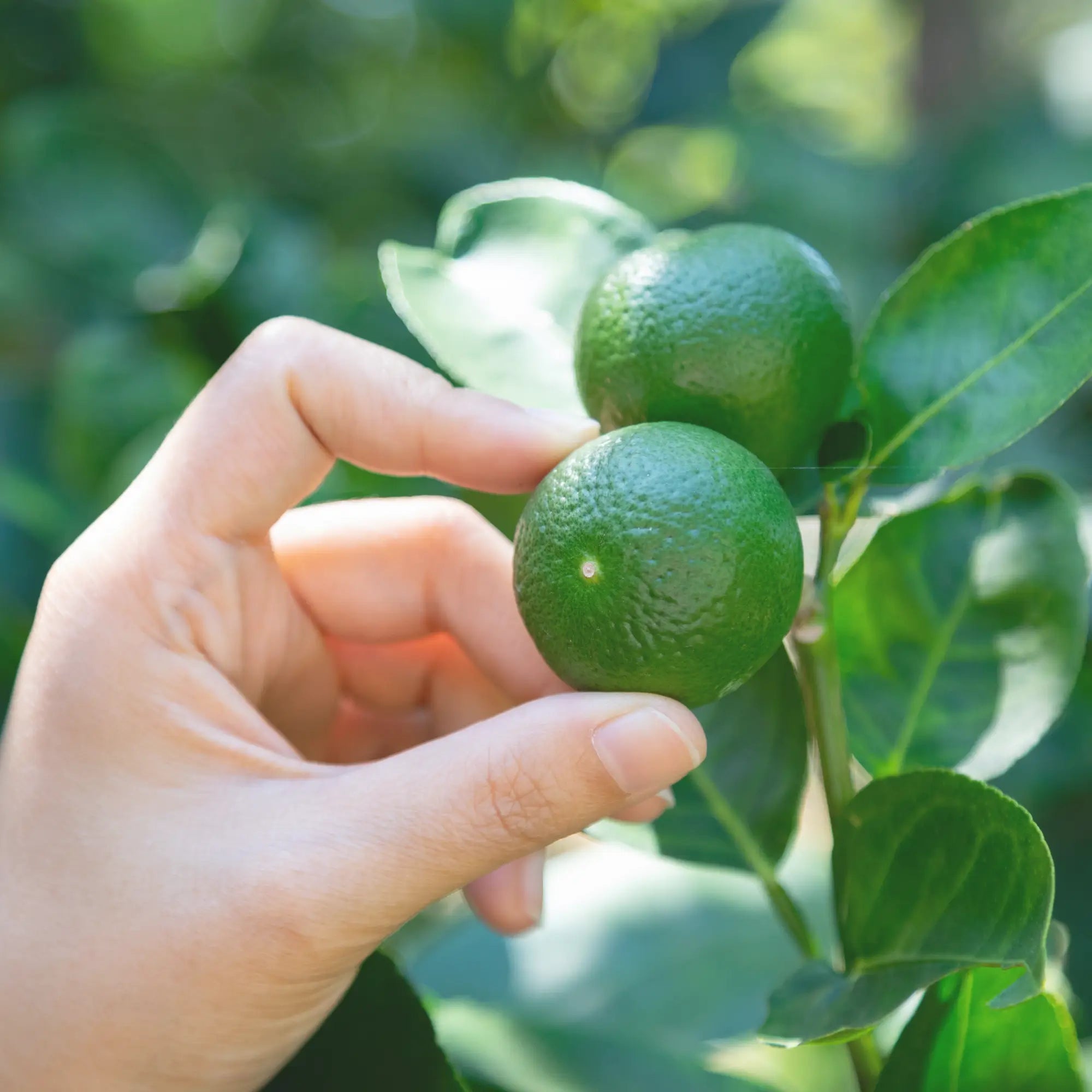This winter season is looking promising for the harvest of Darjeeling oranges. After experiencing a decline for over ten years, there are now indications of a stabilization in their production. The department of food processing industries and horticulture is actively exploring the idea of setting up processing units in the hill regions. These units would primarily focus on utilizing the approximately 40% of the fruit yield that falls from trees prematurely.
For growers and quality control experts, maintaining the high quality of Darjeeling oranges is paramount. In this context, the BAXLO firmness tester emerges as a crucial tool. This compact and precise durometer is specifically designed for citrus fruits. It offers growers a non-destructive way to measure the firmness of their oranges, ensuring that only the best quality fruits make it to the market.
Additionally, the ATAGO Pocket Brix-Acidity Meter is an invaluable asset for those in the citrus industry. This meter is tailored for citrus measurement, providing both sweetness and acidity readings. Understanding the balance of these two elements is essential, as they significantly impact the overall taste and quality of the fruit.
The oranges from Darjeeling, although smaller in size compared to the Nagpur variety, are highly valued for their exceptional sweetness, juiciness, and tenderness. The prospect of turning these oranges into value-added products like juice, jam, jelly, and marmalade is being considered. The use of tools like the BAXLO firmness tester and the ATAGO Pocket Brix-Acidity Meter can aid in ensuring that these products are of the highest quality.
A series of issues have led to the decrease in production of these oranges, such as the citrus tristeza virus, various fungal infections known as greening, trunk borer disease, attacks from fruit flies, and suboptimal agricultural practices. Last winter saw a production of about 39 metric tonnes, and expectations are set for a similar output this season. This marks a stabilization when compared to the drastic drop in production experienced in the past, which went as low as 29 metric tonnes.
In an effort to revitalize orange farming, the Bengal horticulture department is distributing around 45,000 orange saplings to local farmers. Furthermore, they are offering their expertise to assist farmers in rejuvenating the soil fertility. Currently, orange farming spans an area of 4,150 hectares in the hill regions.
Source: Telegraph India
For growers and quality control experts, maintaining the high quality of Darjeeling oranges is paramount. In this context, the BAXLO firmness tester emerges as a crucial tool. This compact and precise durometer is specifically designed for citrus fruits. It offers growers a non-destructive way to measure the firmness of their oranges, ensuring that only the best quality fruits make it to the market.
Additionally, the ATAGO Pocket Brix-Acidity Meter is an invaluable asset for those in the citrus industry. This meter is tailored for citrus measurement, providing both sweetness and acidity readings. Understanding the balance of these two elements is essential, as they significantly impact the overall taste and quality of the fruit.
The oranges from Darjeeling, although smaller in size compared to the Nagpur variety, are highly valued for their exceptional sweetness, juiciness, and tenderness. The prospect of turning these oranges into value-added products like juice, jam, jelly, and marmalade is being considered. The use of tools like the BAXLO firmness tester and the ATAGO Pocket Brix-Acidity Meter can aid in ensuring that these products are of the highest quality.
A series of issues have led to the decrease in production of these oranges, such as the citrus tristeza virus, various fungal infections known as greening, trunk borer disease, attacks from fruit flies, and suboptimal agricultural practices. Last winter saw a production of about 39 metric tonnes, and expectations are set for a similar output this season. This marks a stabilization when compared to the drastic drop in production experienced in the past, which went as low as 29 metric tonnes.
In an effort to revitalize orange farming, the Bengal horticulture department is distributing around 45,000 orange saplings to local farmers. Furthermore, they are offering their expertise to assist farmers in rejuvenating the soil fertility. Currently, orange farming spans an area of 4,150 hectares in the hill regions.
Source: Telegraph India
Latest News and Articles
The Importance of Eggshell Quality in the Poultry Industry
Eggshell quality is a crucial aspect of poultry farming, significantly impacting the overall health and profitability of the business. It's not just about the aesthetics of the eggs but also...
How to Choose the Perfect Refractometer for Blueberry Farming
The Importance of Accurate Fruit Analysis in Blueberry Farming Blueberry farming hinges on understanding the intricate balance of sugar and acid in the fruit. This balance not only influences taste...
Expectations for Consistent Darjeeling Orange Harvest This Season
This winter season is looking promising for the harvest of Darjeeling oranges. After experiencing a decline for over ten years, there are now indications of a stabilization in their production....

